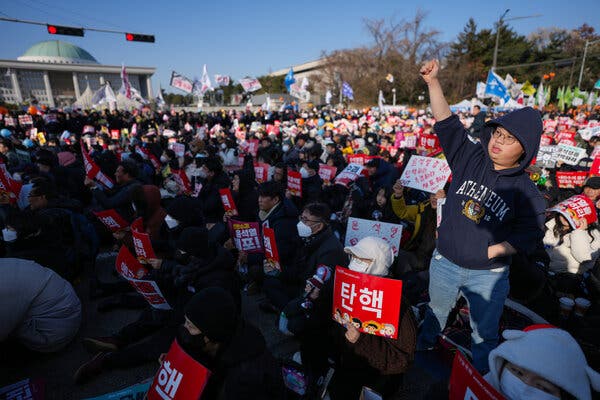The episode provided political fodder for Prime Minister Shigeru Ishiba’s critics and highlighted the country’s generally high standard of dress.
The slightly disheveled appearance of the Japanese cabinet ministers who posed for an official photo last week — wrinkled trousers here, a triangle of exposed dress shirt there — was the sort of thing that some observers might overlook.
But officials working for Japan’s new prime minister, Shigeru Ishiba, couldn’t let it go. So a few days after releasing the actual photo on social media, they published a tidied-up version on his website.
When Mr. Ishiba’s office disclosed the photo manipulation on Monday, a spokesman added that it was standard procedure in Japan to make “slight” edits on such images. That raised the question of what other possible fashion breaches had been committed, and covered up, under previous leaders.
The episode highlighted the generally high standard of the dress code in Japan, a country where politicians wear tailcoats for formal events, cabbies have traditionally driven with white gloves, and salarymen largely stick with suits and ties even as some of their counterparts in other rich countries embrace jeans and open collars.
It’s also one of many times in which public figures around the world have allowed photos or videos of themselves to be altered.
In Pakistan, a former prime minister, Imran Khan, campaigned for a February general election through speeches released by his party that had used artificial intelligence to replicate his voice, for example.



